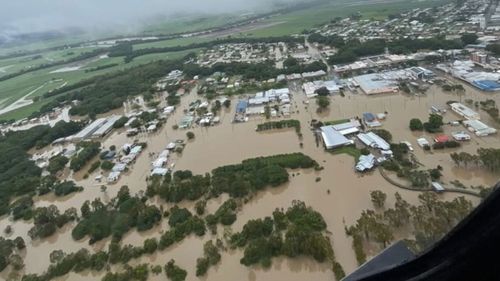Share this @internewscast.com
Insurers in Australia are facing annual costs of $4.5 billion due to extreme weather, a figure that has tripled over the last 30 years, according to recent research.
The Insurance Council of Australia (ICA) highlights that increased population in flood-prone areas and infrastructure not designed to handle climate change are putting extensive parts of the nation in jeopardy.
During the 2020s, insurers, on average, have forked out $4.5 billion annually in claims.

This year alone, losses approaching $2 billion have been attributed to three major insurance events: the North Queensland floods, costing $289 million; ex-Tropical Cyclone Alfred at $1.43 billion; and the NSW Mid North Coast and Hunter floods at $248 million.
Analysis from global insurance firm Munich Re was cited in the research, showing that monetary losses from severe weather have tripled since the 1990s, even with inflation adjustments.
“Although Australia has always experienced extreme weather, the increasing per capita losses and their cumulative impact on communities are proving to be costly and ongoing,” said ICA chief executive Andrew Hall.
“Australia is competing globally to ensure its infrastructure can withstand these events—this data clearly indicates that each decade incurs higher costs than the previous one, with inadequate investment in resilience placing a heavy economic burden on Australians.”
Since the 1980s, Australia has suffered higher economic costs from extreme weather events on average per person than France, Germany and Canada, the ICA research revealed.
For most of the past 45 years, Australia has ranked second only behind the US for economic and insured losses per capita – and was only pushed into third place in the 2020s by two extraordinary weather events in New Zealand.
One of the most concerning findings of the research is regarding the members of society bearing the brunt of floods.
Of the 242,000 Australian homes most at risk of flooding, 186,000 do not hold insurance policies.
Typically, they are home to residents with average incomes below the national median who are attracted to high-risk land which have properties with lower prices.
“There’s a clear correlation between high flood risk and socioeconomic disadvantage, with our country’s most vulnerable the least likely to have an insurance safety-net when disaster strikes,” the report said.











